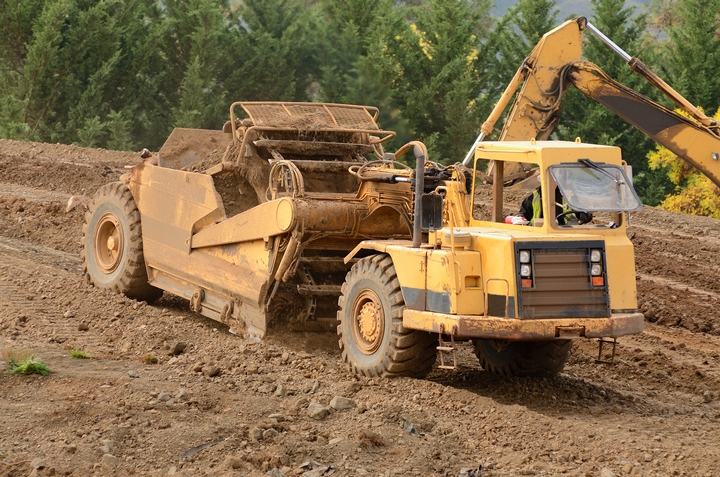When it comes to construction projects, the quality and compliance of equipment play a crucial role in ensuring project success, efficiency, and safety. Construction equipment suppliers are responsible for providing reliable and compliant machinery that meets industry standards. In this article, we will explore essential steps that project managers and stakeholders can take to ensure equipment quality and compliance when working with construction equipment suppliers.
Thoroughly Research and Select Reputable Suppliers
The first step in ensuring equipment quality and compliance is to thoroughly research and select reputable construction equipment suppliers. Look for suppliers with a proven track record, positive customer reviews, and a strong reputation for delivering high-quality equipment. Check if they are certified by relevant industry bodies and have experience working on similar projects. This due diligence will help establish a reliable partnership with a supplier that values quality and compliance.
Define Equipment Specifications and Requirements
Clearly defining equipment specifications and requirements is crucial to ensure that the supplied machinery meets the project’s needs. Work closely with your project team to identify the specific equipment required, including technical specifications, performance capabilities, safety features, and any industry regulations or standards that need to be met. Document these requirements and share them with potential suppliers to ensure they understand your expectations.
Request and Review Equipment Documentation
During the supplier selection process, request and review detailed equipment documentation. This documentation should include equipment specifications, maintenance records, compliance certificates, and safety reports. Thoroughly examine these documents to verify that the equipment meets the necessary quality standards and complies with relevant regulations. Pay close attention to certifications from recognized authorities, such as ISO standards, as they indicate the supplier’s commitment to quality.
Conduct Site Visits and Inspections
Before finalizing your partnership with a construction equipment supplier, conduct site visits and inspections to evaluate the quality of their equipment first-hand. This allows you to physically examine the machinery, assess its condition, and ensure that it aligns with your project requirements. Look for signs of wear and tear, proper maintenance, and adherence to safety guidelines. If possible, engage an expert or a third-party inspector to conduct a comprehensive evaluation of the equipment.
Establish Clear Quality and Compliance Agreements
To ensure equipment quality and compliance, it is essential to establish clear agreements with the construction equipment supplier. Clearly outline the expectations regarding equipment quality, compliance with regulations, maintenance responsibilities, and warranties. These agreements should also include provisions for regular inspections, repair or replacement processes, and penalties for non-compliance. Ensure that both parties have a mutual understanding and that the agreements are legally binding.
Regular Monitoring and Communication
Once the equipment is delivered and operational, establish a system for regular monitoring and communication with the supplier. Conduct periodic equipment inspections to identify any issues promptly. Maintain open lines of communication with the supplier to report problems, request maintenance, or address compliance concerns. Promptly address any equipment-related issues to minimize project delays and ensure the safety and productivity of the construction site.
Ensuring equipment quality and compliance with construction equipment suppliers is vital for successful construction projects. By conducting thorough research, defining specifications, reviewing documentation, performing inspections, establishing clear agreements, and maintaining regular communication, project managers can mitigate risks and enhance the overall quality, safety, and efficiency of their construction sites.































